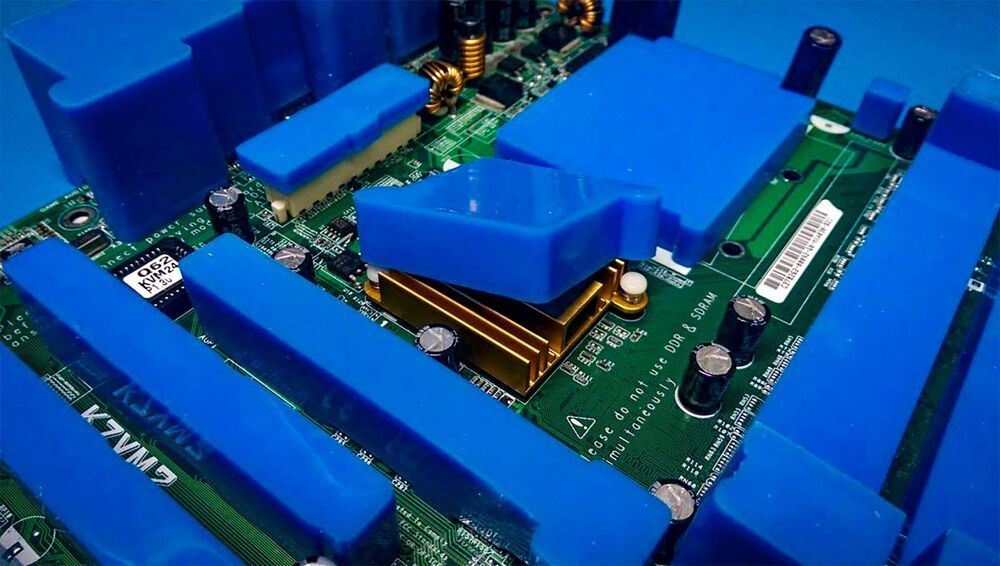The image shows an elongated galaxy sandwiched, and stretched, between two galaxies. A long tail is visible in the galaxy on the right in this image: Called a “tidal tail,” this can occur when stars and gases are “stripped” from the outside arms of galaxies during a merger, according to Cosmos.
Tweet may have been deleted
The Hubble Space Telescope — the size of a large school bus — is over 30 years old. The solar-powered telescope takes detailed images of far-off cosmic objects, like Arp 195, yet the legendary instrument is wearing down with age, most recently exemplified by a computer problem that sent Hubble offline for weeks. Still, NASA expects “Hubble will last for many more years and will continue making groundbreaking observations, working in tandem with other space observatories including the James Webb Space Telescope to further our knowledge of the cosmos.”







